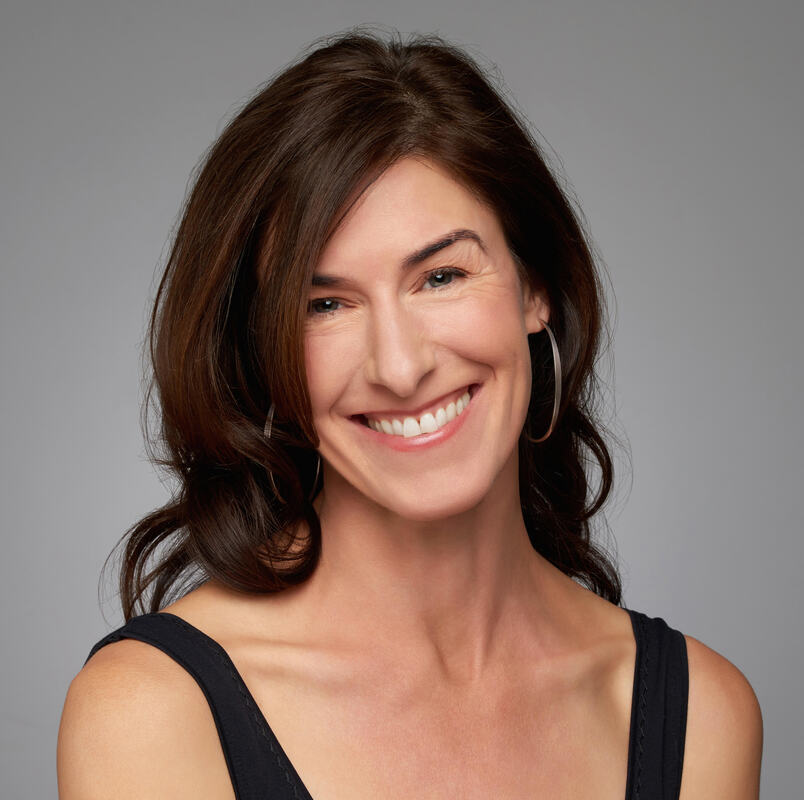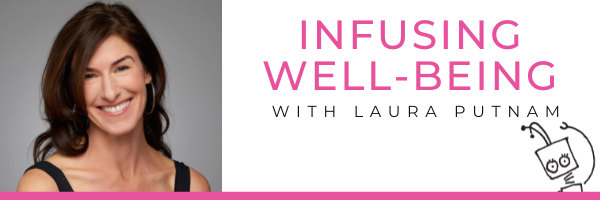|
"Never doubt that a small group of thoughtful committed individuals can change the world. In fact, it’s the only thing that ever has." — Margaret Meade In the scheme of things, we, as an industry of workplace wellness professionals, are a small group of thoughtful committed individuals who really could change the world. We could start a movement that would literally and measurably change the health and well-being of people around the globe. We could positively change the health and well-being for people in every nation, in every community, in every workplace, and in every team. But, if we are actually going to do that, science is not enough. Yes, we need science to inform, to diagnose and to problem solve, but we need art to move people. “Science will get us out of this [the pandemic], but art will get us through it.” —Mo Willems, children’s book author Alongside science, we need to invoke multiple disciplines. We need to take a da Vinci approach to change. Leaning into complementary disciplines is what we might characterize as the “art side” of promoting well-being in every workplace. Because the key here is that starting yet another “evidence-based” program is not what’s needed. Rather, we need to start a movement. This is exactly what I’ll be talking about in my “Science Alone Is Not Enough” keynote at the upcoming WELCOA Summit. In my talk, I’ll be unpacking how can each do our part to start a movement through:
Which one are you? A first step in moving others is to understand your role. When asked to describe who I am, I characterize myself as a former competitive gymnast and dancer, former urban public high school teacher, former public policy worker and former international community organizer – turned “movement builder” in the world of health and well-being. I’m on a mission to get every organization, every team and every individual “in motion” (literally, as in, “please don’t have a seat” and figuratively, as in, “please make a change”). My goal is to leverage every workplace – and every team within the workplace – to promote better health and well-being. I’m a boots-on-the-ground Activator. Are you an Activator (like me), a Trendsetter, a Permission Giver, or a Self-Starter? Take the quiz to find out. The Art of Storytelling We need to be GREAT storytellers. And, when I say great, I don’t mean that we have to be perfect in how we tell stories, but that we do so in a human way. The books we consider to be great, the talks we want to listen to, and the leaders we choose to follow tell stories. Stories create meaning, evoke emotions, forge loyalty and cement memories. In short, human beings are hardwired for storytelling, and as Carmine Gallo puts it, our hunger for fireside stories is as strong as it was for our ancestors. According to an informal Stanford study, 5 of 100 will remember a statistic, whereas 63 of 100 remember a story. 1 Upshot: While statistics inform people on a logical level, stories move people on an emotional level. And, as every advertiser knows, it’s emotions that sell products and build tribes. We have to do the same in the work that we do. Like advertising, workplace wellness is to a large extent, about persuasion—persuading senior leaders to support wellness, persuading managers to act as multipliers of well-being for their team members, and persuading employees to take part in initiatives. As health promotion professionals, we have all learned that persuading people to adopt healthier habits is not just about knowledge transfer (how many people already know it’s a good idea to get more exercise?), nor is it about frightening people with scary statistics (how many smokers already know that smoking is bad for them?). Rather, persuasion begins with creating positive, emotionally evocative experiences for people—and storytelling is one of the most powerful ways to do just that. Stories light up our brains and accelerate our willingness to put in the sustained effort needed to make change over time. Meanwhile, most of the wellness programs I come across take a cognitive, or logical, approach, primarily focusing on information. delivery and skills building. Too often, these programs overlook the affective, or emotional, components of learning. What I have come to realize is that if I truly want to start a movement of better health and well-being, and if I want people to join that movement, I have to be an excellent storyteller. Every presentation I deliver, every workshop I facilitate, every program I design, and every initiative I oversee must be infused with stories. All of that said, I would not consider myself a natural storyteller. Rather, it’s something I’ve had to work at—a lot. In my keynote, I will share some of my hard-earned lessons learned on how you, too, can become a storyteller (even if you think you’re not). The Art of Teaching Next, I’ll talk about the art of teaching. We need to be AWESOME educators. That is, we need to create powerful learning experiences. In my recent LinkedIn Learning newsletter, I shared about my recent surfing experiences in Fiji, where I was reminded of some best practices in learning from my days as a public high school teacher. In brief, here they are:
The Art of Creating Joy in the Moment And, then finally, I’ll talk about the ephemeral art of creating joy in the moment. As change makers (in whatever role we happen to hold), we need to be initiators of joy. And, when I say joy, I mean the right here, right now kind of joy.
0 Comments
Leave a Reply. |
Follow laura on social:Website by Brand Genie
|
join laura's monthly newsletter
|





